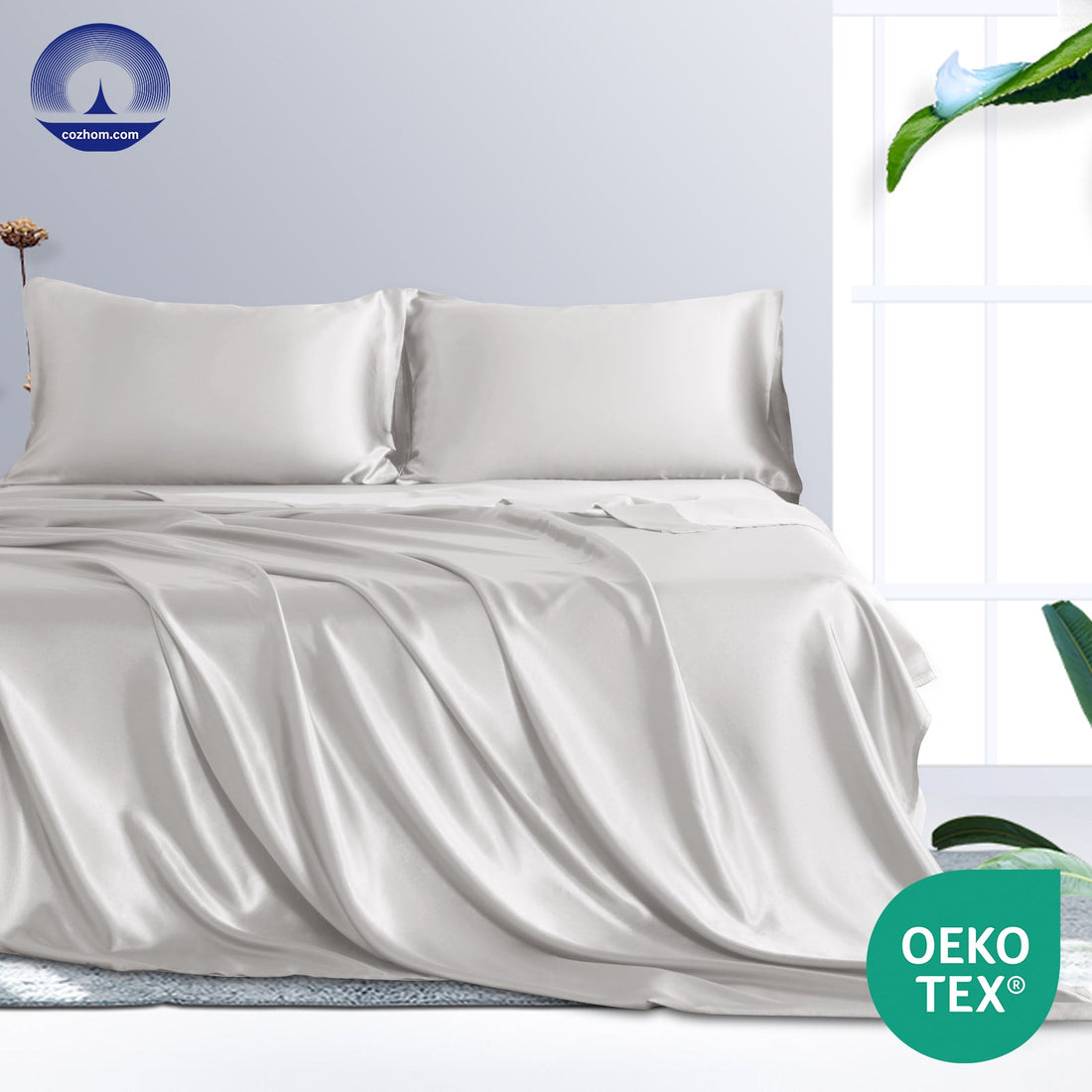
Can’t Sleep? Try COZHOM Functional Bedding
Chia sẻ
Intro: The phrase “I can’t sleep” is one of the most common complaints in primary care and mental health. The underlying causes range from stress and anxiety to physical pain, night sweats, restless legs, and poor sleep environment. While remedies vary, a consistent theme is that addressing the night-time environment and peripheral physiology often yields meaningful gains. COZHOM X Series bedding is designed to address those factors.
Understanding the experience: why “I can't sleep” happens
Several mechanisms can prevent sleep onset or maintenance:
- Psychological hyperarousal: racing thoughts and anxiety.
- Thermal dysregulation: inability to dissipate body heat for sleep onset.
- Musculoskeletal discomfort: pressure points and pain.
- Circulatory issues: peripheral numbness or restless legs linked to poor perfusion.
Why environment and bedding matter
Sleep onset in particular is sensitive to small changes in environment. Dropping core temperature by a fraction of a degree helps initiate sleep. Localized skin cooling (feet, hands) promotes vasodilation and heat loss. Bedding that traps heat or concentrates pressure can delay or fragment sleep. COZHOM’s textiles are engineered to optimize the thermal and mechanical interface between body and bed.
COZHOM’s engineering approach
COZHOM X Series integrates materials and weave structures to accomplish three goals:
- Thermal microclimate optimization — facilitating heat dissipation when needed, reducing night sweats.
- Pressure redistribution — conformable surfaces reduce focal pressure and the need to shift positions.
- Microcirculatory support — the fabric microenvironment supports capillary perfusion and reduces nocturnal pins/needles sensations.
Real-life improvements for “I can’t sleep” sufferers
Users who previously reported long sleep latencies (45–90 minutes) often note reductions to 15–30 minutes after adopting COZHOM with consistent sleep hygiene. Nighttime awakenings also decline, enabling deeper slow-wave sleep and more restorative mornings.
How to trial COZHOM if you can’t sleep
Recommendation:
- Implement a 2–4 week baseline (sleep diary or wearable) to document current sleep latency and awakenings.
- Introduce COZHOM X Series and continue tracking for 4–8 weeks.
- Pair with simple sleep hygiene: dim lights 60 minutes before bed, reduce caffeine after midday, and practice a short wind-down routine.
Frequently asked questions
Q: Can COZHOM fix insomnia caused by anxiety?
A: It can help by removing peripheral sleep blockers — making it easier to fall asleep physically — but psychological insomnia benefits most from combined strategies (CBT-I, relaxation). COZHOM can be a powerful adjunct.
Q: Is COZHOM safe to use nightly?
A: Yes. COZHOM is non-invasive and made of skin-friendly materials. Those with severe medical conditions should coordinate with clinicians.
Conclusion and CTA
If “I can’t sleep” describes you tonight, a multifaceted approach will produce the best results. COZHOM X Series is a scientifically grounded tool that improves the night-time environment and peripheral physiology — a sensible first-line, long-term strategy for many people. Start a trial: Shop COZHOM X Series or learn more at www.cozhom.com.